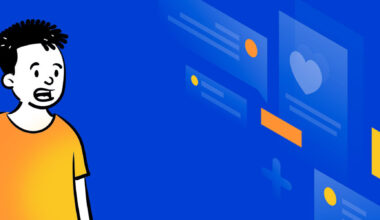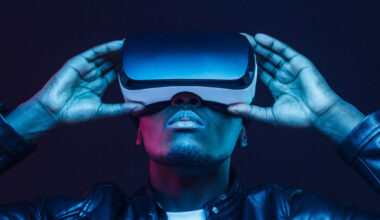Computer Graphics is a term that includes almost everything that exists on the computer and is not sound and text. We can define computer graphics as an art of drawing pictures, lines, charts, figures, etc. using computers with the help of programming languages.
Especially relevant, computer graphics are made up of a number of pixels. As we know that pixels are the smallest graphical picture or unit represented on the computer screen. Furthermore, we can classify computer graphics into two types which are as follows:
- Interactive Computer Graphics
In interactive computer graphics, users have some control over the picture i.e. user can make any changes or alterations in the produced image. One example of it is the ping pong game. At the hardware level, a computer receives input from interaction devices and outputs images to a display device.
The software has three components. The first is the application program, it creates, stores into, and retrieves from the second component, the application model, which represents the graphic primitive to be shown on the screen. The application program also handles user input. It produces views by sending to the third component, the graphics system, a series of graphics output commands that contain both a detailed geometric description of what is to be viewed and the attributes describing how the objects should appear.
- Passivecomputer Graphics–
Passive computer graphics is an operation on computer graphics that transfers automatically and without operator intervention. Non-interactive computer graphics or passive computer graphics involves one-way communication between the computer and the user. The picture is produced on the monitor and the user does not have any control over the produced picture.
Applications Of Computer Graphics –
Computer graphics has numerous of diverse applications listed in the previous section which differ in a variety of ways, and a number of classification is by type (dimensionality) of the object to be represented and the kind of picture to be produced. Furthermore, computer graphics is used today in many different areas of industry, business, government, education, entertainment, and most recently, the home. The list of applications is enormous and is growing rapidly as computers with graphics capabilities become commodity products. Let`s have a look at a representative sample of these areas:
- Cartography
- User interfaces
- Plotting in Business, Science, and Technology
- Office automation and electronic publishing
- Computer-aided drafting and design
- Art and Commerce
- Process control
Multimedia Applications –
As the name suggests, multimedia is a set of more than one media element used to produce a concrete and more structured way of communication. Multimedia is nothing but the processing and presentation of information in a more structured and understandable manner using more than one media such as text, graphics, animation, audio, and video.
Multimedia Software :
Multimedia software is sometimes broadly grouped as:
- a)Multimedia Authoring Tools
- b)Multimedia Tools for the Web
- c)Multimedia Presentation Software
- Multimedia Hardware :
For producing multimedia you need hardware, software, and creativity. Thus, following are the specific multimedia hardware:
- Central Processing Unit
- Monitor
- Video Grabbing Card
- Sound Card
- CD-ROM Drive
- Scanner
- Touchscreen
Components Of Multimedia –
- Text
- Graphics
- Animation
- Video






